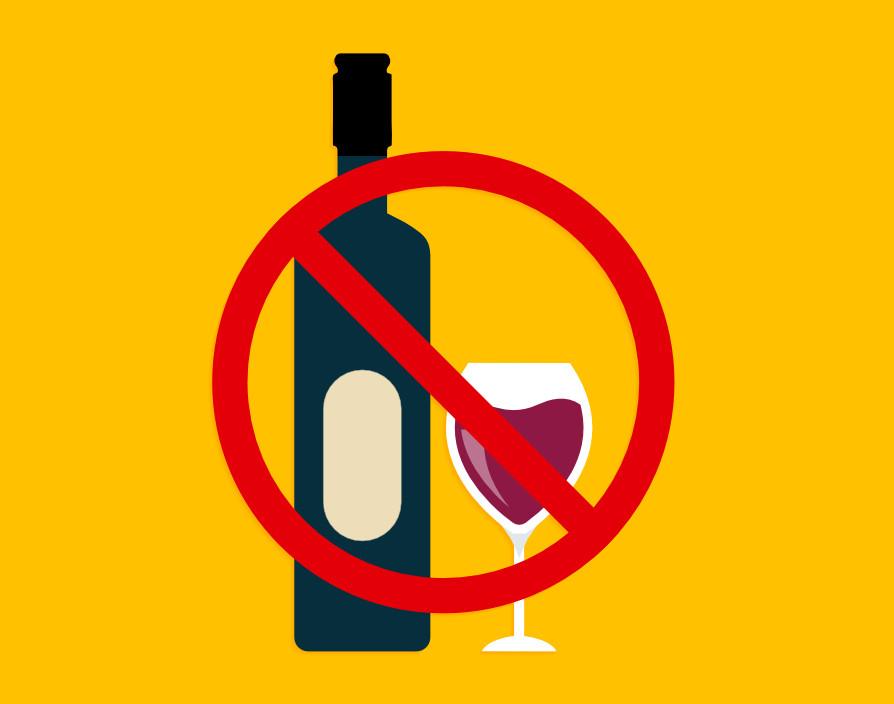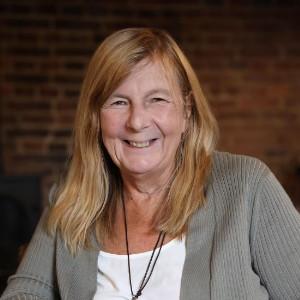Go back a few years, and most people would be holding their heads on 1st January and vowing never to touch a drop again. By the end of the month, the vast majority would be swigging back their booze back as if nothing had ever happened. However, the drinks market has been undergoing a massive shift.
I started my investigations by talking to expert Lucy Gordon of From our Cellar, an online marketplace for independent drinks producers and someone in an excellent position to see the trends. Lucy says she is seeing colossal growth, with about a third of their vendors producing at least one or solely no or low alcohol (NOLO) drinks. But there is a more profound change going on. Whereas they may have in the past produced a no alcohol gin, an alcohol-free wine, the drinks are no longer compared to an alcoholic equivalent but drunk for taste alone. Instead, they focus on creating powerful cocktails and drinks to pair with food, all previously the premise of alcoholic beverages. While the trend might have started with younger drinkers, Lucy sees the 50+ groups choosing no alcohol options for health reasons or weight loss and often feeling much better as a result. Lucy bemoans how slowly some of the hospitality trade is at picking the trend up. The last black-tie function she went to the option was champagne or lukewarm water and feels it is ridiculous with all the choices now on offer. But she adds, “it is also wonderful to see the creativity and the amazing variety of products available out there, and we can’t wait to see where it continues to go.”
Paul Mathew is a former bartender and conservation biologist. He started Everleaf in January 2019 and says it was both a solution to a problem and a labour of love. He has seen customers increasingly looking for no and low alcohol drinks and knew the demand was there. His answer was Everleaf, a non-alcoholic aperitif, so named from Paul’s love of plants and the natural ingredients used. Before COVID, they had just one product and were on trade. They flipped to selling direct at the start of the pandemic. They saw customers quickly realize that every night couldn’t be a Friday. Everleaf added two new products in the first nine months and saw rapid growth. They are now doing on-trade again with hospitality open. COVID has resulted in a colossal focus on health and wellness. Low and no alcohol drinks growth reflects that. Non-alcohol customers tend to spend more on premium food, irrespective of the price differential. Biodiversity, which is a priority for Everleaf, and sustainability are a high priority for this sector of consumer.
Paul predicts ongoing growth for the low and non-alcohol sectors, with sales nearly doubled between 2016 and 2020 alone and a further 31% growth forecast by 2024. Paul says that with the spirits sector they are seeing rapid growth and new sub-categories emerge. Some are a non-alcohol alternative to existing products, such as the gins offered by Gordons, Sipsmith, and Tanqueray. A second sub-sector includes brands like Everleaf, who push flavour boundaries and make drinking an occasion, but without direct equivalents in traditional alcohol. The last group is the brands that aim to change the mood without using alcohol, such as Three Spirit and other brands that focus on CBD. Paul thinks this choice between the three categories, alternative traditional, occasion drinks, and mood changers, will help the market’s growth, adding depth and credibility to an already growing market.
It isn’t just spirits that are changing. Luke Boase founded Lucky Saint, supplying alcohol-free superior lager. In 2016, he wanted to drink less and found non-alcohol beers tasteless, so he decided to create his own. It took him two years to achieve a quality that he believed would change people’s perceptions. Luke, like Paul, built the brand on trade resulting in an overnight loss of 70% of his business when the pandemic hit. Lucky Saint, too, pivoted into growing the direct-to-customer and grocery side. While initially, people were drinking more, as the pandemic progressed and focused more on health, Lucky Saint’s sales grew by an incredible 300%.
With venues now open again and Lucky Saint available as a draught beer, Luke is optimistic that the on-trade will continue to grow rapidly. The projections are colossal for the low and no alcohol markets, expected to grow by 31% by 2024. Luke sees the nation shifting towards more moderate lifestyles and healthier ways of drinking and socializing. Lucky Saint is even included in the British Beer and Pub Association, the first alcohol-free beer to achieve it.
It is all come a very long way from the hungover New Year’s Day resolution. No, and low alcohol is a massive growth market set to increase, and the high performers have been agile enough to pivot and grow, notwithstanding the pandemic. These clever innovators have focussed on creating all the benefits of alcohol, taste, sociability, occasion, and even mood in some cases, yet with none of the downsides. No wonder this market is thriving.
“
Share via:








































